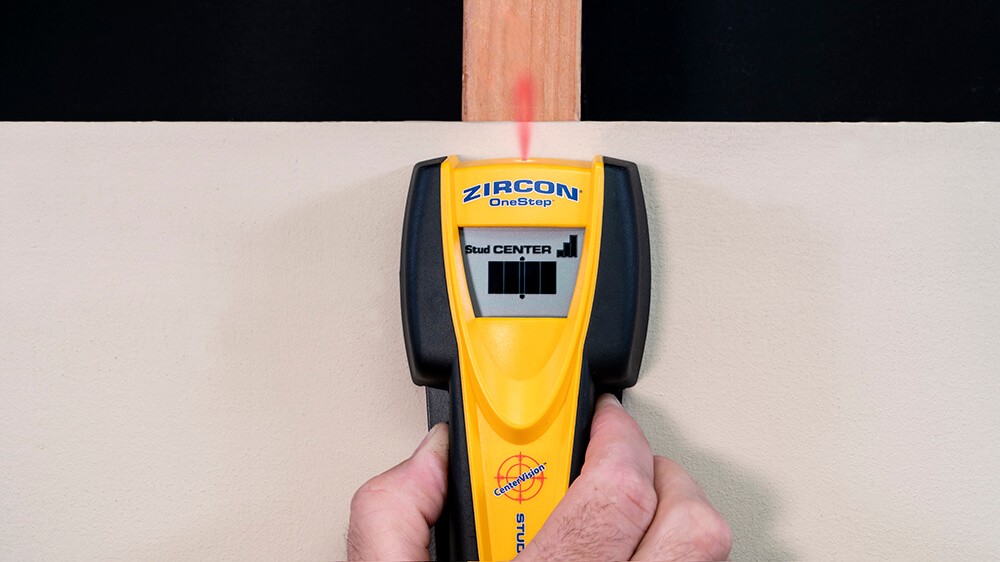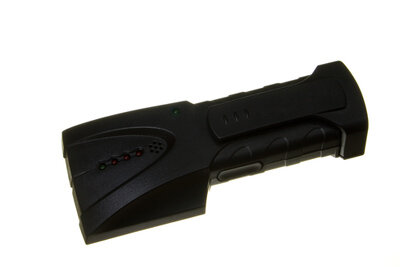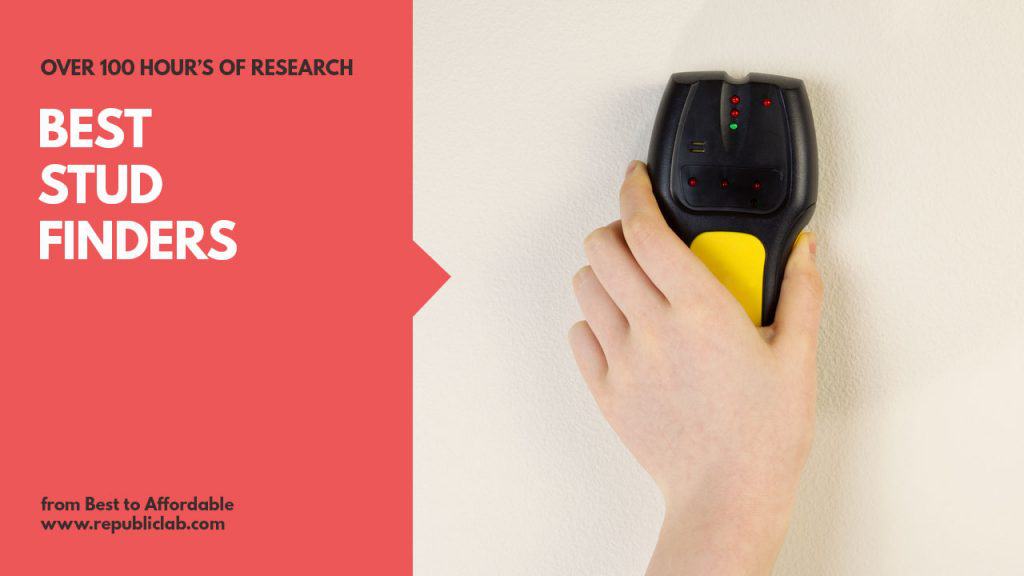They are normally handheld devices which are used to sense where the material behind the device is denser. Any stud finder will work well however they all work differently.

How Does A Stud Finder Work Themostspruce
How stud finder works. Stud finders are little devices used to locate the beam of wood metal wiring running through drywall so you can find something strong to screw things too. Basically the radar in the stud finder shoots out a radio wave that bounces back once it reaches an object. If your project is valuable or heavy its best to use. As you would imagine this is an indispensable gadget when it comes to hanging a coat rack a shelf or any heavy duty object on the wall. Slide the stud finder across the wall and it will beep andor light up when it crosses a stud. A stud finder also stud detector or stud sensor is a handheld device used with wood buildings to locate framing studs located behind the final walling surface usually drywall.
Theyre incredibly useful and you can find a huge range of them online. Electronic stud finders changed all that. Modern electronic stud finders operate by measuring the capacitance difference in the wall to identify where a wall is denser. The first technique works but it damages the wall. They also detect metal nails density changes and wires. A stud finder is essentially a battery operated electromagnetic tool that detects the so called framing studs.
This is the simplest most effective way to find studs. A simpler stud finder. By measuring the electrostatic field of a wall and detect slight differences in the flow of electrons stud finders detect the relative change in density and thereby studs showing the best place to drive that nail. A magnetic stud finder will read screws and nails behind the wall but whether or not these are dead center still requires some guesswork. They give you an amazingly accurate view into the wall and show you exactly where each stud is. Before there were stud finders either you pounded a small nail into the wall until you hit a stud or you used a small pivoting magnet.
The magnet would help you find nails that had been driven into a stud. When pointed at an empty wall the sound takes longer to bounce back than it does when it is in front of a stud. Another really cool product is the franklin prosensor 710 stud finder which can locate multiple studs at the same time and uses an array of leds to indicate the position of a wood or steel stud behind the drywall. Will also locate steel studs. Its only too bad we can have them design one to find underground wiring. The magnet technique is slow.
How it works use a stud finder. Stud finder that utilizes a moving magnetic piston to locate studs under sheetrock plaster or tile.
















/DEWALT12-VoltMAXLithium-IonCordlessWallScannerwithBattery1.5Ah1-HourChargerandCase-5a25a0d9beba330037451d7a.jpg)

